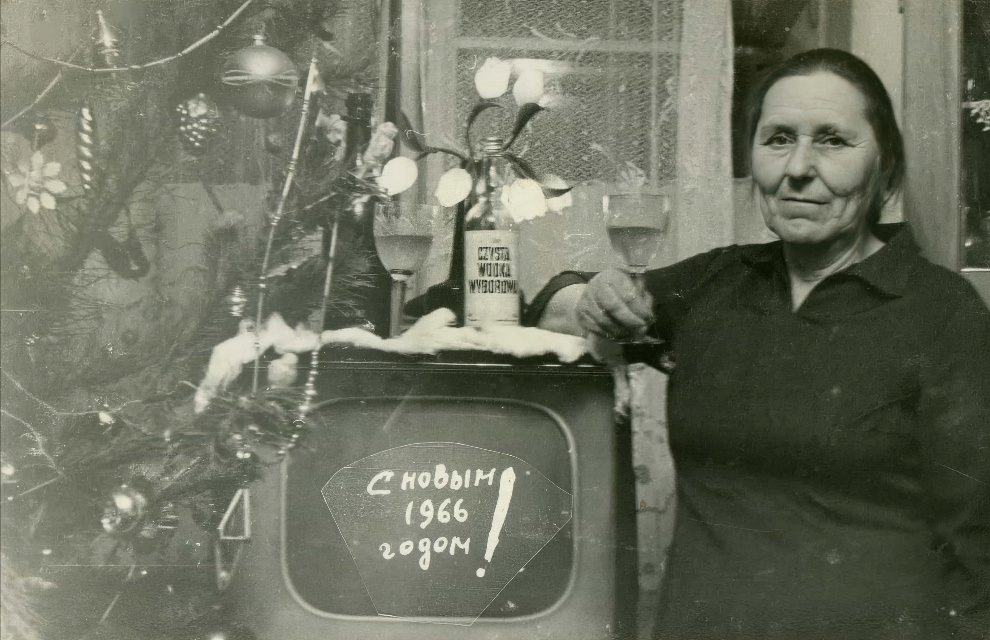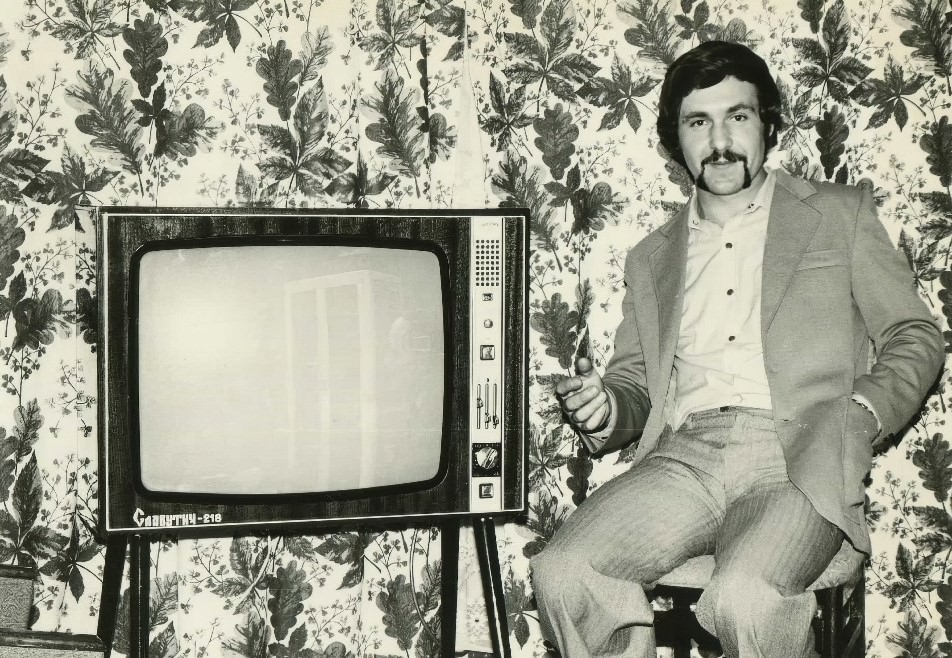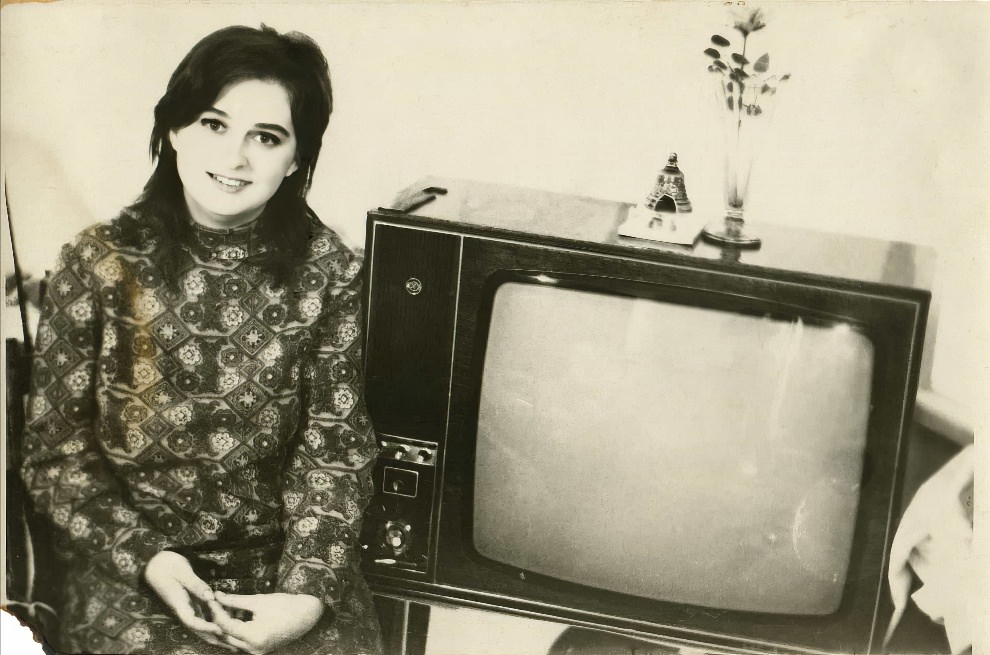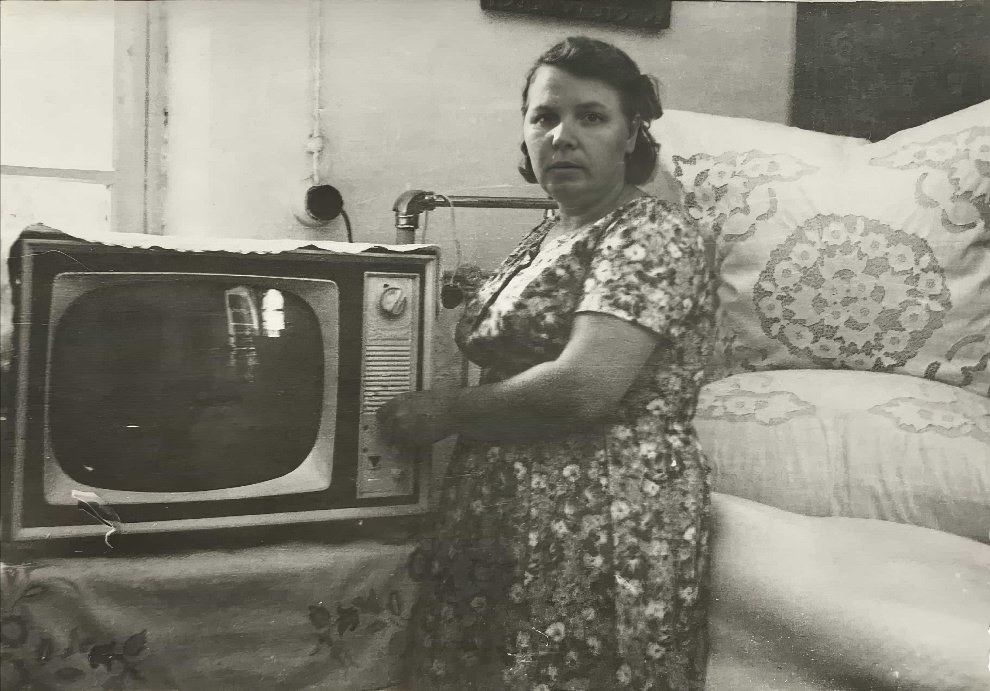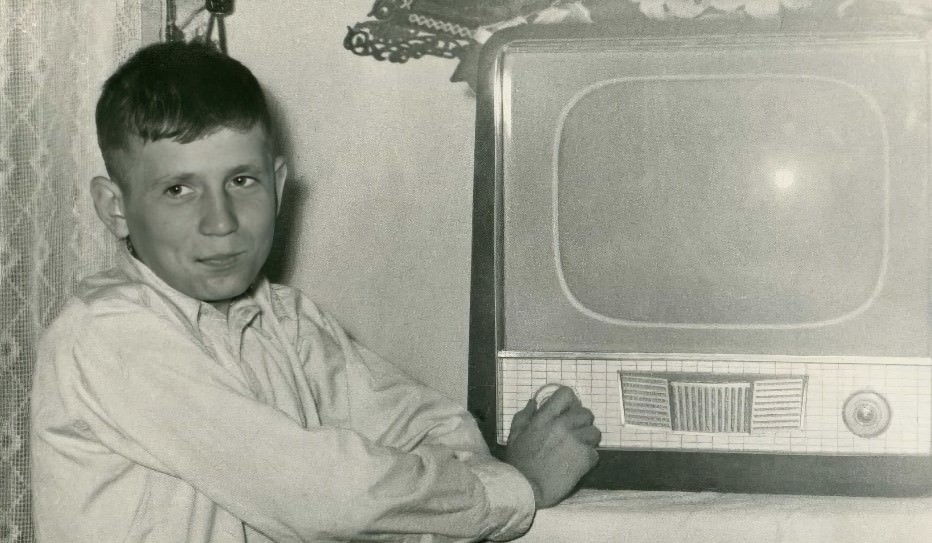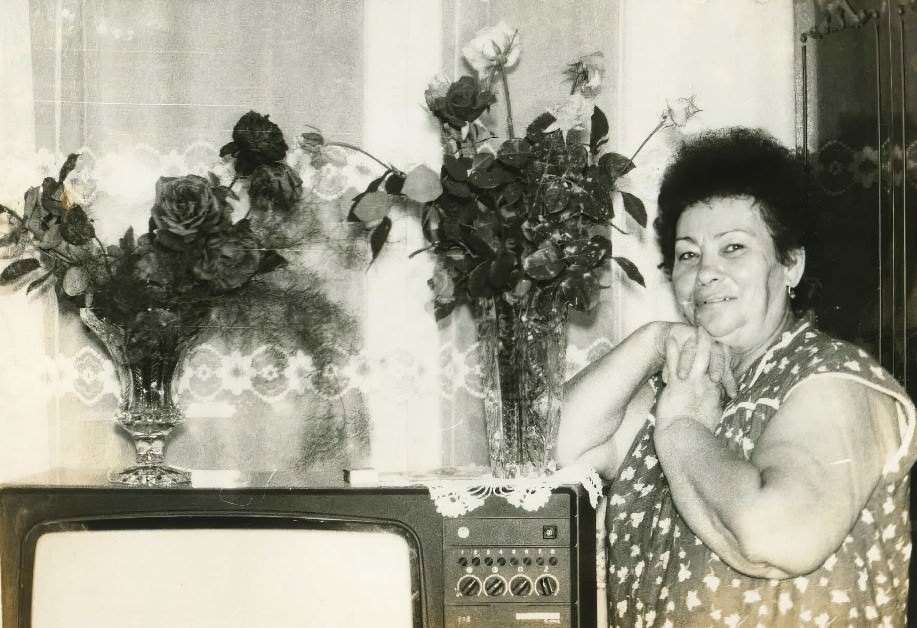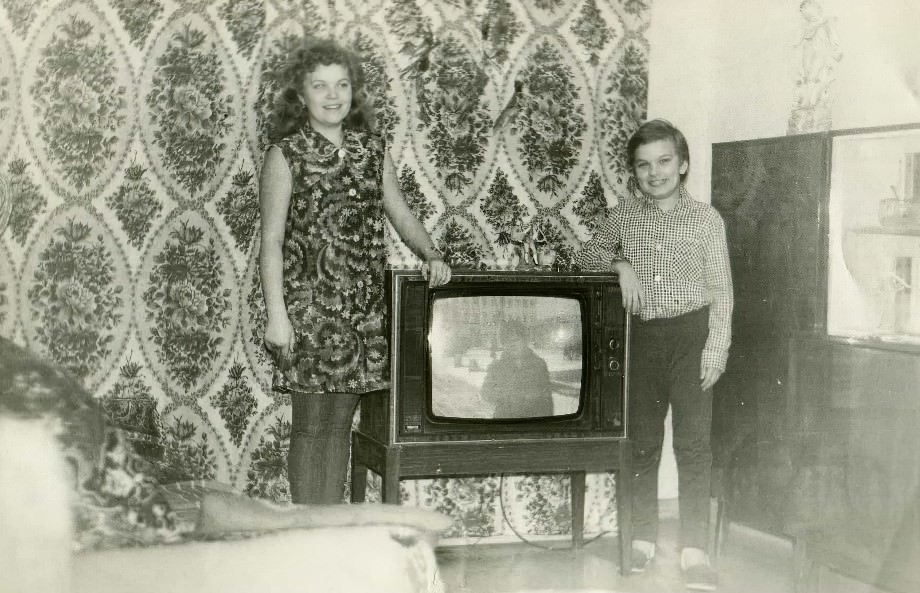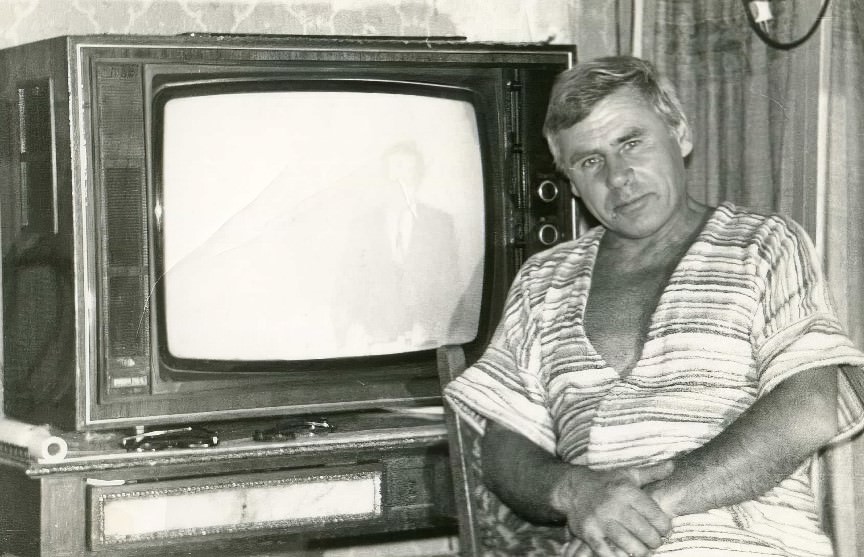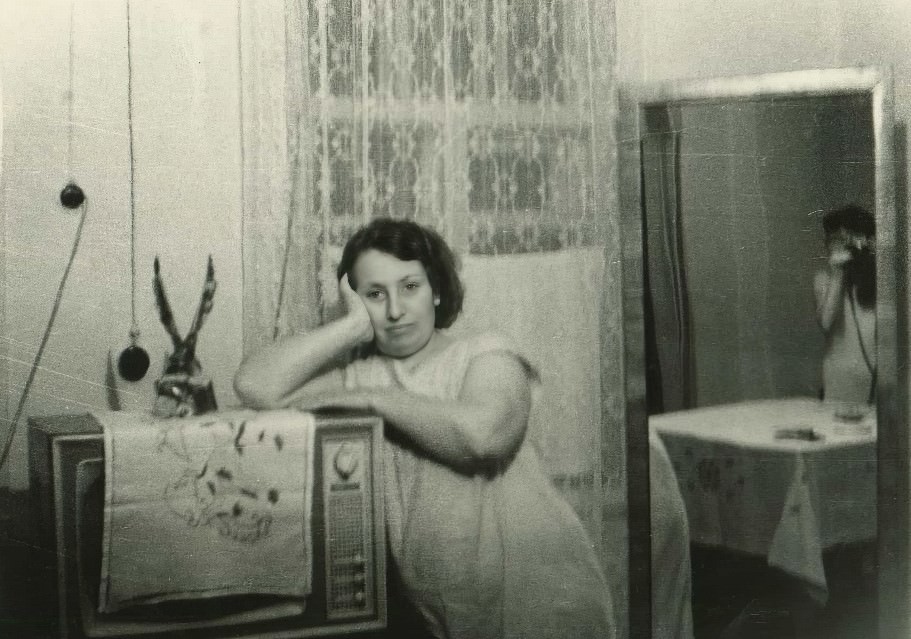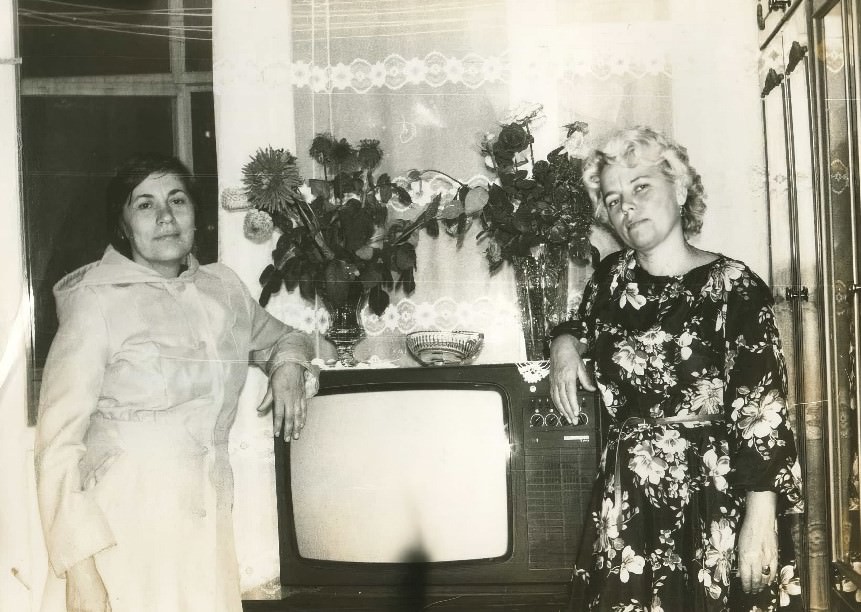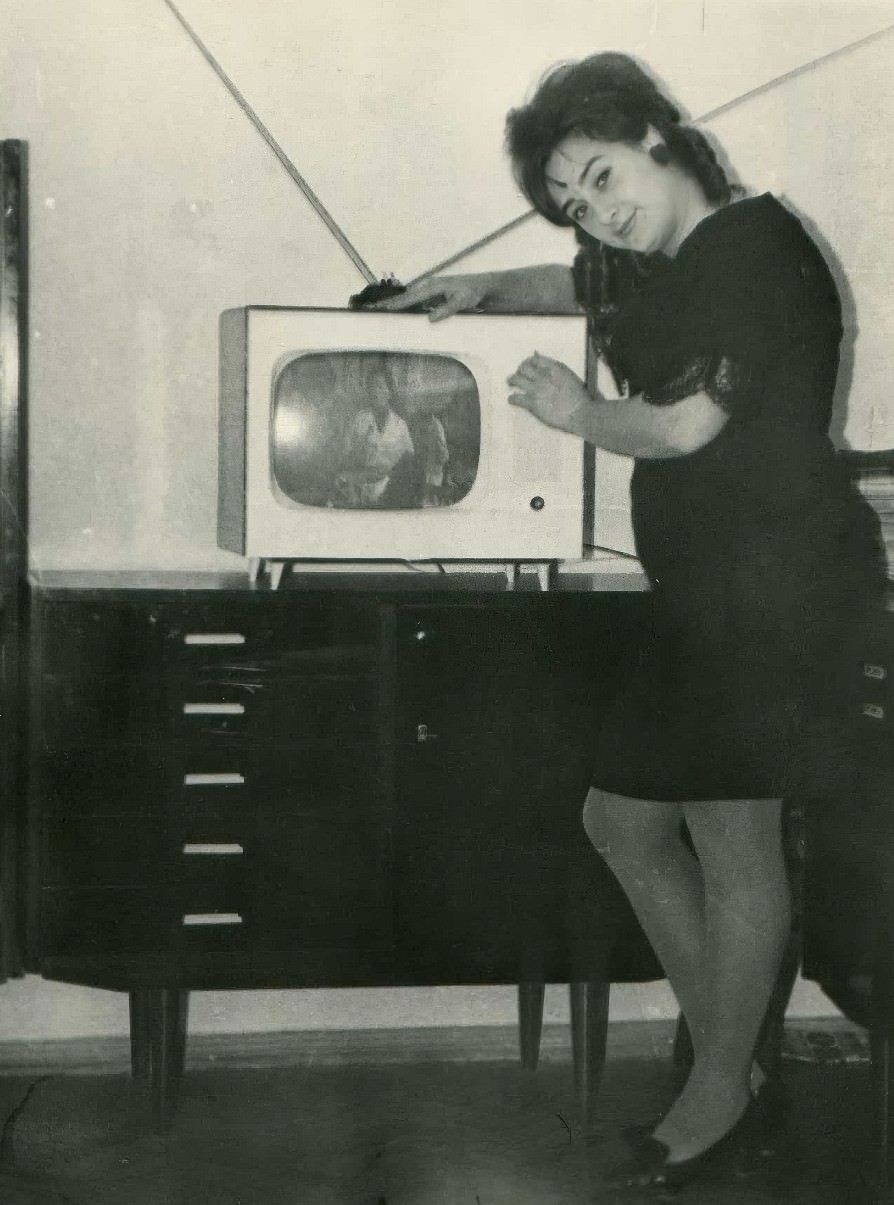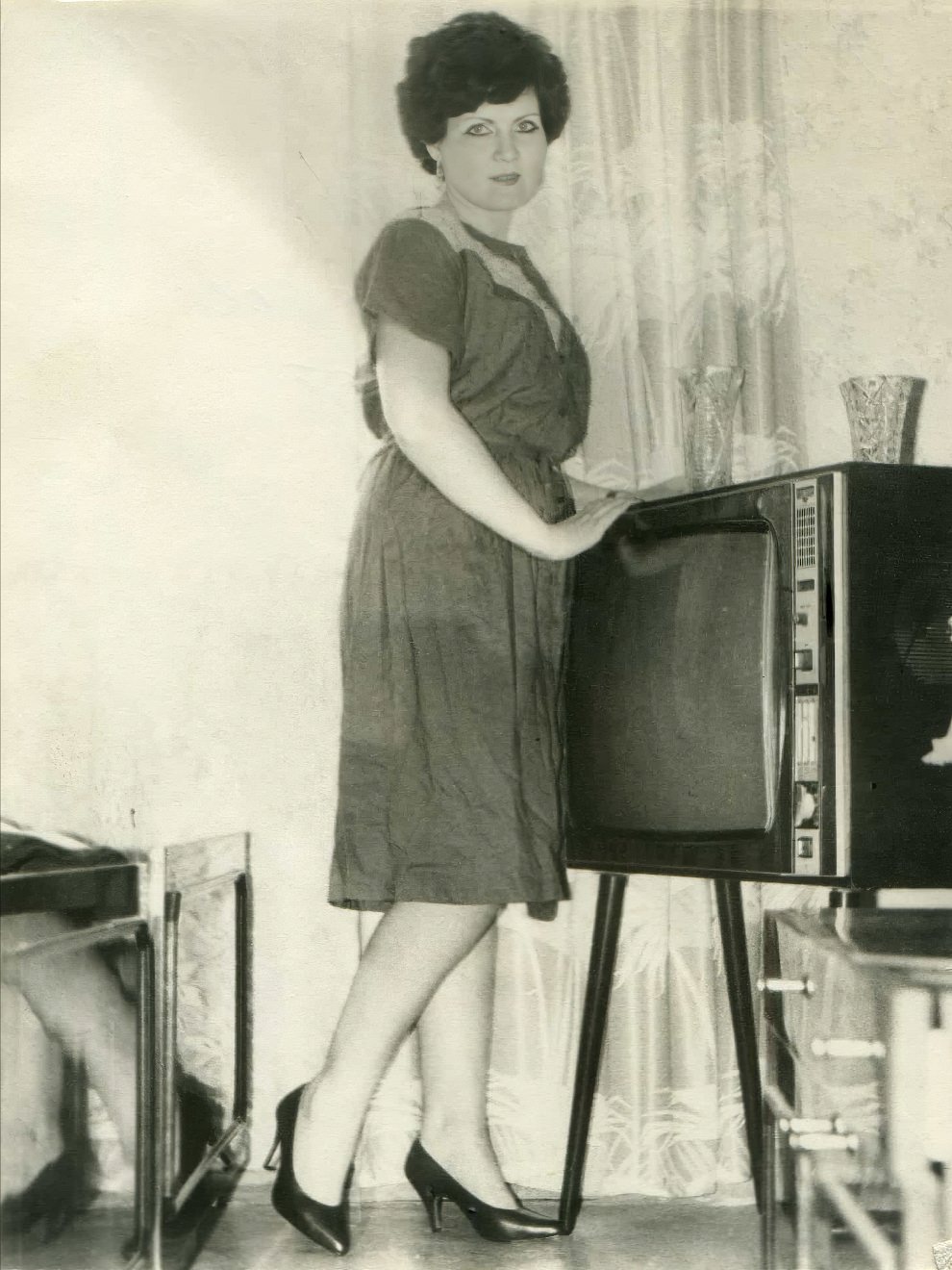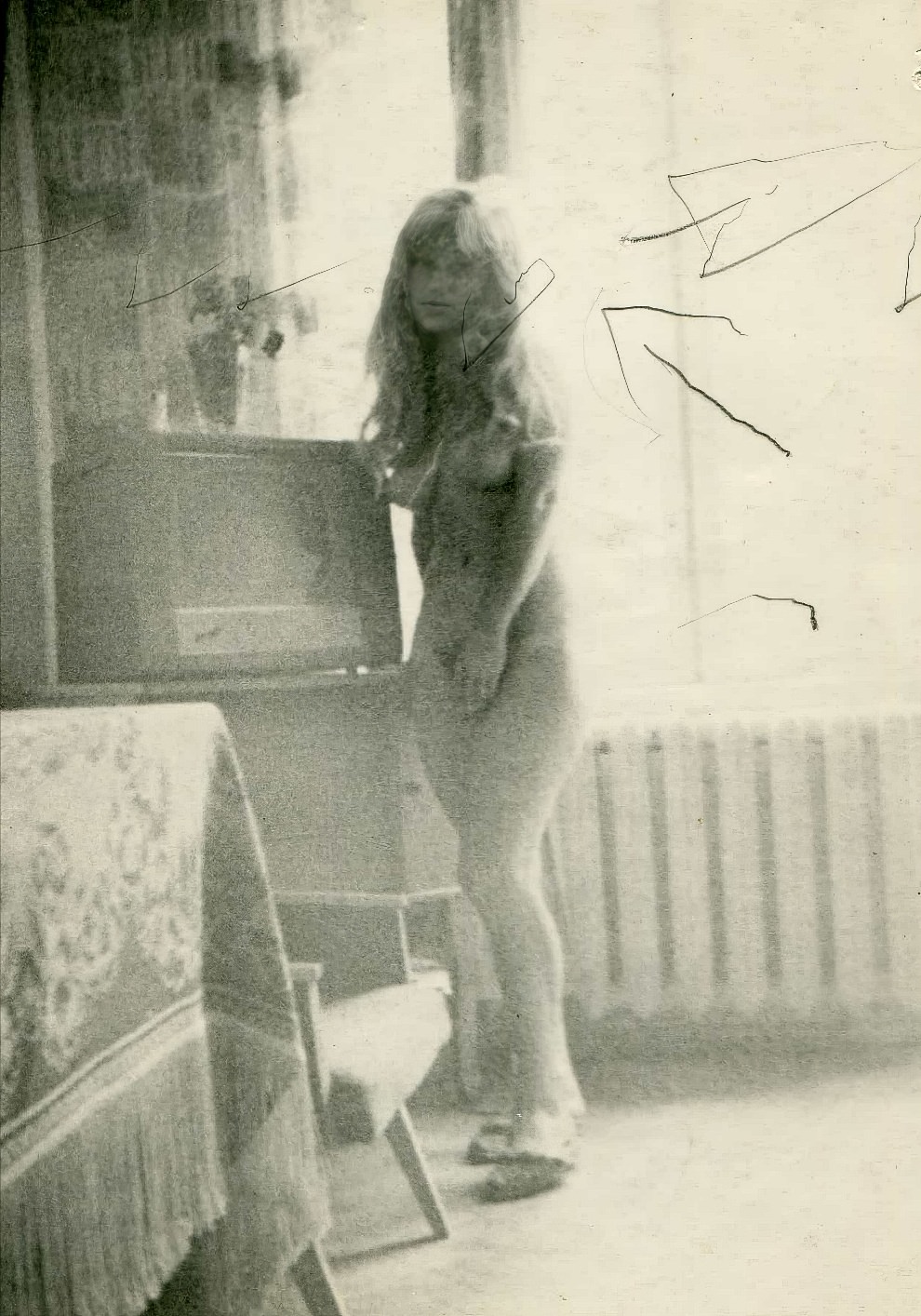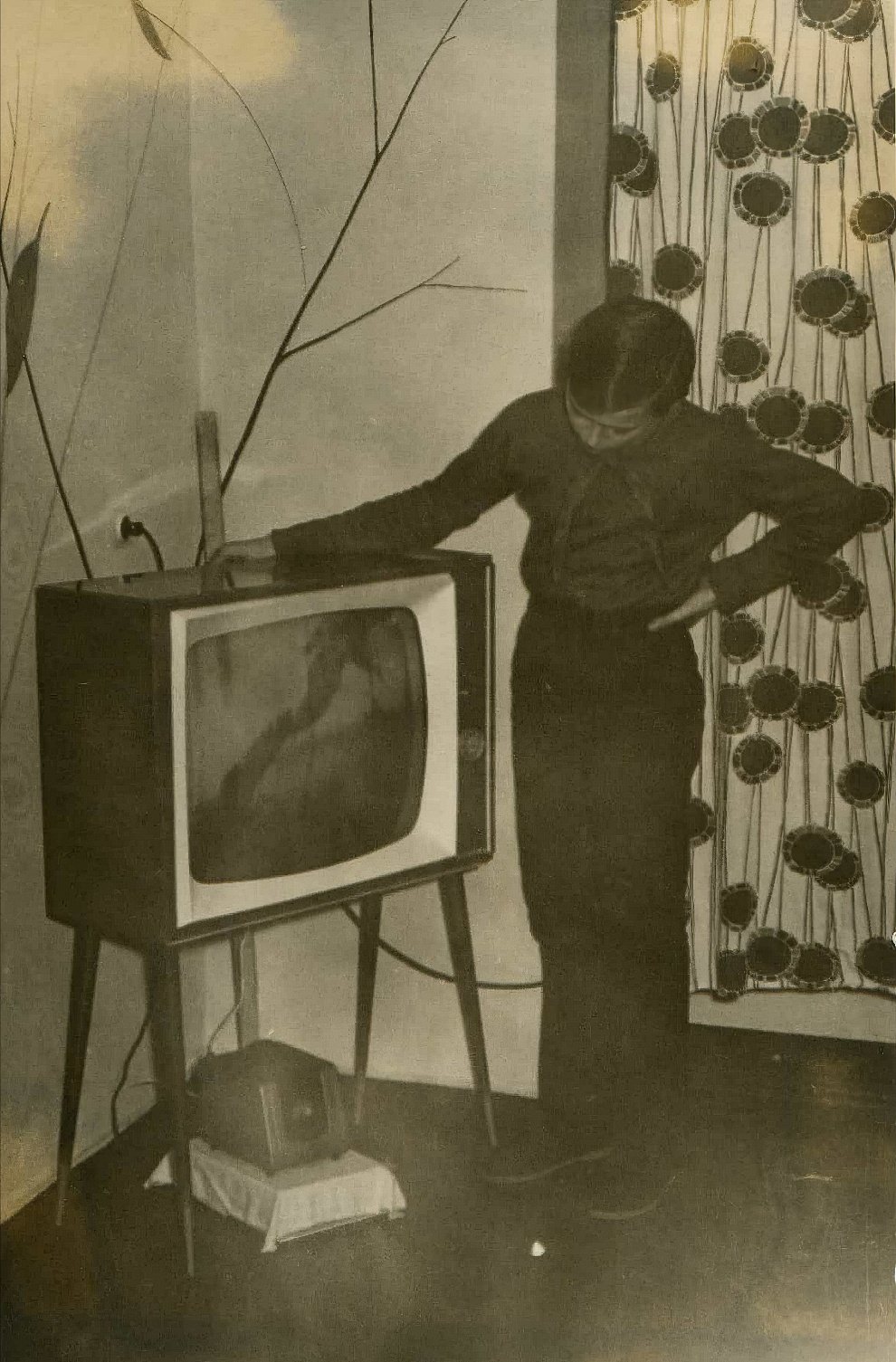Imagine a world without smartphones, laptops, or tablets. No endless scrolling through social media, no streaming your favorite shows on demand. For many of us, that’s a reality we can hardly fathom. But rewind to the mid-20th century, and that was everyday life for millions, including those living in the Soviet Union.
In that era, television wasn’t just a source of entertainment; it was a window to the world, a status symbol, and often, the centerpiece of family life. A fascinating project titled “My First TV,” curated by collectors Anna Pilipyuk and Vladimir Shipotilnikov, offers a glimpse into this bygone era through a unique lens: found photographs of Soviet families posing proudly with their television sets.
These images, spanning the period between World War II and Perestroika, paint a vivid picture of what television meant to people in the Soviet Union. In many photos, families are gathered around their TV set, dressed in their best clothes, faces beaming with pride. The television itself often occupies a place of honor in the living room, sometimes even adorned with a lace doily or a vase of flowers.
It’s clear that owning a television was a big deal. In a time when consumer goods were scarce, a TV represented luxury and progress. It connected families to news, entertainment, and a world beyond their immediate surroundings.
The photos also offer a fascinating look at the evolution of television technology. Early images showcase bulky, boxy sets with tiny screens, often perched on stands or tables. As time progresses, the TVs become sleeker and more integrated into the home environment.


